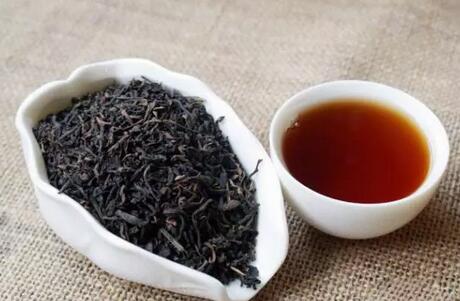Do you love drinking ripe Pu-erh tea? What kind of ripe Pu-erh tea do you think tastes good?
For ripe Pu-erh tea, the optimal storage time varies depending on the tea's fermentation level, raw material grade, and storage conditions that affect its aging transformation.
Beyond these factors, personal preference plays a role—some enjoy the sharpness of new tea, while others prefer the mellowness of aged tea. There's no absolute answer. Taste more and listen to your palate and heart to discover your preferred Pu-erh flavor.

Generally, well-fermented ripe Pu-erh tea develops a pleasant taste after 2-3 years of storage. Lightly fermented tea may require 3 or more years, while over-fermented tea matures faster. Lower-grade raw materials tend to age better than higher-grade ones.
Storage location also impacts transformation speed. Humid and hot climates accelerate aging but may introduce musty or pile-fermentation odors. Dry regions slow the process but yield purer flavors. Thus, dry storage is emphasized for ripe Pu-erh to ensure clean taste and higher collectible value.

Three key drinking phases:
1. Right after pressing (2-3 months): The tea is unpleasant—strong pile-fermentation odor,燥热, and steamed water taste remain, though it hints at its unique醇香甘甜. This phase is mainly for testing or尝鲜 to decide if it's suitable for aging.
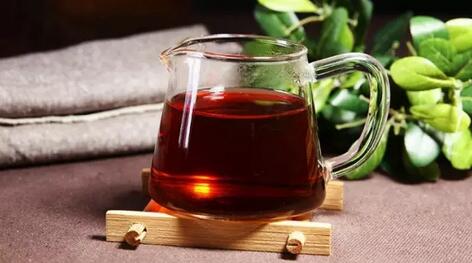
2. After 3 years (dry storage like Kunming): The堆味 fades, and the tea stabilizes, revealing sweetness,醇滑细腻. Flaws diminish as the tea transitions from燥热 to温润, ideal for those with cold constitutions.
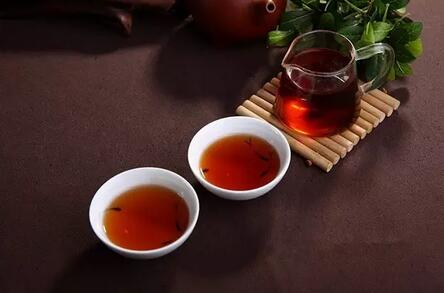
3. After 10 years: The prime drinking period. The tea enters stable, slow aging—mellow,甘甜可口, with pure aroma, smooth texture, and rich养生 benefits. Suitable for all ages.

Two prerequisites determine whether tea ages well: good raw material/processing and proper storage. Without these, no amount of time will improve it.
Climate variations affect aging speed, but dry natural storage is safest and recommended.
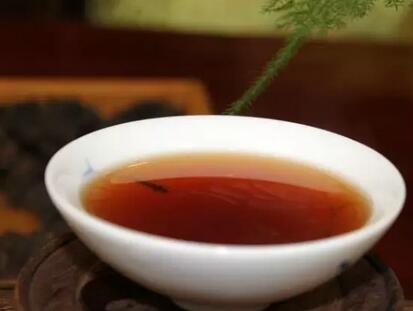
Tea learners should sample each aging phase to observe changes. For personal collections, taste every 1-2 years to monitor progress and adjust storage.
How to judge a ripe Pu-erh's age?
1-3 years: Obvious仓味 and浑浊汤色. If absent, the tea may have been pre-aged. New tea turbidity stems from rushed processing or inherent newness. "Third-gen" yeast-fermented tea is clearer but lacks茶味.
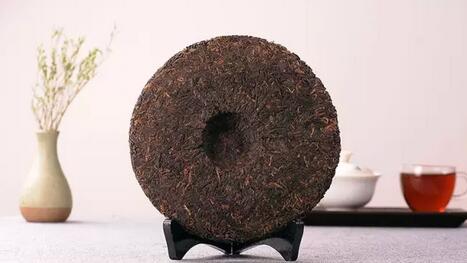
3-7 years: 仓味 fades. Clear汤色 after醒茶, with light陈香 if any.

7-15 years: Judge by陈味 intensity. High-grade teas develop荷香; coarse leaves yield枣香 or herbal notes.玫瑰红汤色 is essential. Precise dating requires comparing packaging, storage, and factory records.
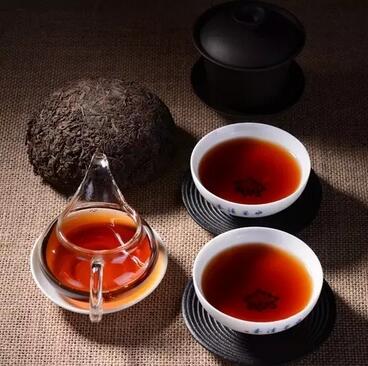
Storage tips for ripe Pu-erh:
Ideal conditions: 20-40°C, 15% humidity, ventilated, odor-free, away from sunlight. Poor storage causes"仓杂味".

Brewing science:
Use clay teapots or盖碗. Boil water, warm cups, add 5-8g tea, pour water along walls to 80% full. Discard first wash after 30s. Repeat沿杯壁注水 until flavor fades. Improper brewing leads to酱紫色汤色 and粗糙挂喉口感.
